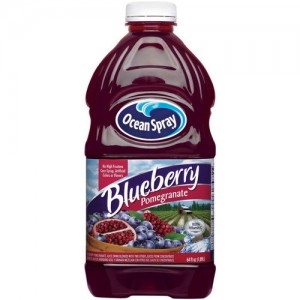Companies are trying hard to penetrate through the barriers that lie between consumers and the product. Normally TV ads are good enough to promote the awareness of a product. But nowadays, companies often target daily computer users and would rather promote online than on TV. While everyone’s still discussing viral videos nowadays, I came across Beverly Chung’s blog post – “Bad Publicity – Is it really all that bad?” and I immediately thought of Rebecca Black’s “Friday”.
Uploaded on February 10, Rebecca Black’s Friday music video attracted over 87 million on YouTube as of now. What makes “Friday” so special is because it’s possibly the most disliked video, with over 1.7 million dislikes out of 2 million votes. While everyone’s criticizing on Rebecca Black’s vocal talent as well as the lyrics of the song, “Friday” undoubtedly became viral and started spreading on the Internet through social media, including Facebook and Twitter.

I believe (and hope) that the producers didn’t expect that much negative criticism on the song when they we’re producing it because if they planned to sabotage the whole thing, then it would be quite mean to Rebecca herself (a 13-year old girl who’s pursuing her dream in the music industry). Therefore, I can’t really judge if it’s ethical to “sabotage” a product itself just to make it viral or not.



_-_(500x500).jpg)




